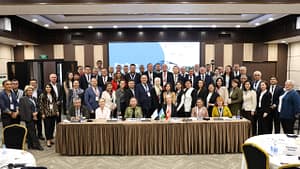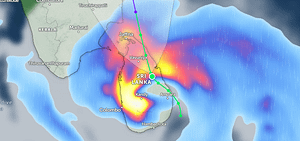The main research question was how to safeguard public health from Cd contaminated rice? The anticipated outputs were practical decision support tools to rapidly evaluate areas of concern and facilitate the implementation of management options to mitigate potential public health risks.
OBJECTIVES
- Develop and validate a sampling strategy/protocol to rapidly evaluate heavy metal contamination in irrigated agricultural systems.
- To increase understanding of the complex interactions affecting the mobility of Cd, Zn and Fe in paddy soils and uptake to rice
- Develop a simple extraction method to predict cadmium uptake in rice crops grown on Cd and Zn co-contaminated soils
- Increase regional awareness of Cd contamination in rice-based agricultural systems as a prerequisite to protecting public health and food/income security
- Increase the capacity of partner organizations to undertake routine quality assured soil and plant analyses for heavy metals
METHODS
- Field Sampling and Quality Assured Laboratory Analysis following standard and innovative (and subsequently validated) methodologies
- Structured Farmer Participatory Field Trials
- Dissemination and Awareness Meetings with Government Departments
- Statistical Analysis and Modeling (Multiple Linear Regression and General Linear Regression)
- Laboratory and field based training activities
Supervision of Students (MSc)
PROJECT LEADER
Simmons, Rob
RESEARCHERS
Noble, Andrew; Soda, Wanipa.
MAJOR DONORS
United States Department of Agriculture (USDA); IWMI Unrestricted Funding
PROJECT DURATION
01 January 2001 to 31 December 2007
LOCATION
IWMI – Regional Office for Southeast Asia










